Apple tackles iPhone background app limits with push service
Addressing one of the most outstanding complaints regarding feature limitations in third-party iPhone applications, Apple on Monday said it has developed a push notification service that will feed programs with data even when technically shut down.
Developers can push badges to icons, notification sounds, or pop-up text alerts. This lets an instant messaging program notify a user of a new message or other events without having to force the program open. Third-party mail clients should also function properly. The system scales easily with larger apps, according to Scott Forstall, Senior VP of iPhone Software.
The development chief justifies the changes by arguing that true background processes — a feature heavily requested by developers — are often flawed in other smartphone operating systems. Most implementations often incorrectly lead users to believe that they've quit programs when they remain open, reducing the battery life and hurting processor performance with each open application.
Other mobile OS makers are aware of the issue but have come up with awkward solutions to allow multitasking. For Windows Mobile, Microsoft has developed a Task Manager app just to help shut down background processes: users have to play a "game" that tests their computer science skills by identifying programs, Forstall says.
BlackBerry and Symbian Series 60 devices are less prone to user error, as they more clearly allow the user to quit, but can still suffer performance issues with multiple open applications.
While it helps developers cope with a previously unsurmountable barrier to developing some programs, it doesn't fully address other concerns. Apple's iPhone development guidelines forbid executable code contained within the app itself or from calling non-Apple applications installed on the device. The restriction still prevents emulators, third-party browsers with plug-in support, and other similar features used by other operating systems.
Apple may also frustrate developers expecting push notifications to be available immediately. While developers will be seeded next month with an iPhone SDK that lets them begin coding for the feature, the service itself won't be available until September, or two months after iPhone 3G and the iPhone 2.0 firmware upgrade are ready for public consumption.
 Katie Marsal
Katie Marsal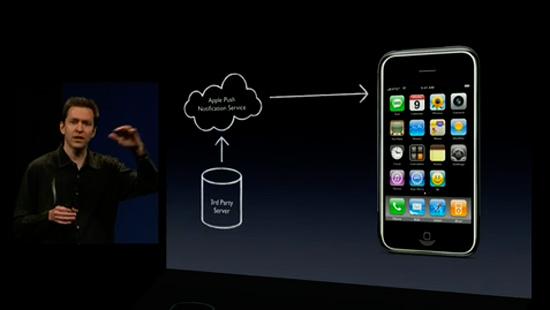
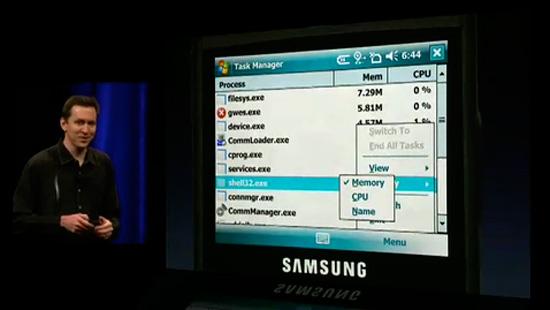


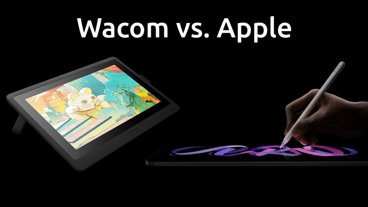

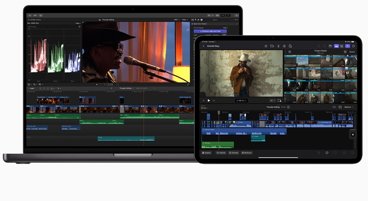







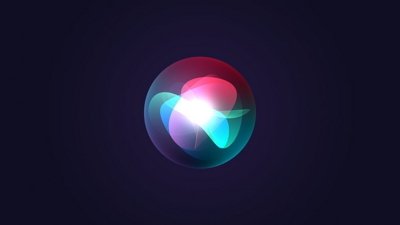
 Malcolm Owen
Malcolm Owen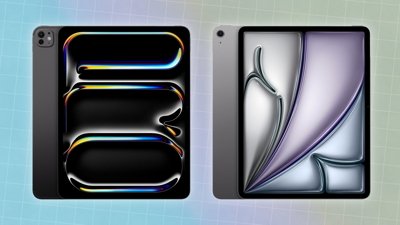
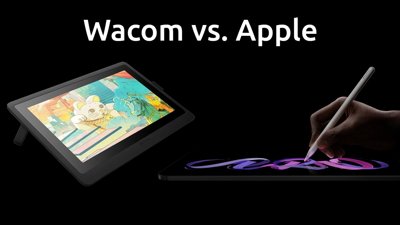
 Amber Neely
Amber Neely
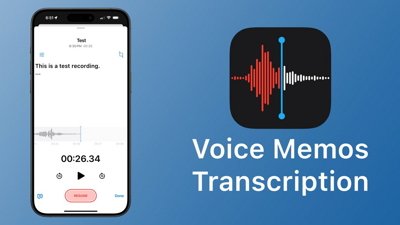
 Marko Zivkovic
Marko Zivkovic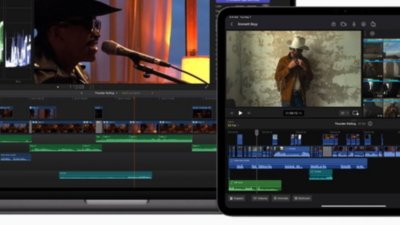
 David Schloss
David Schloss
 Wesley Hilliard
Wesley Hilliard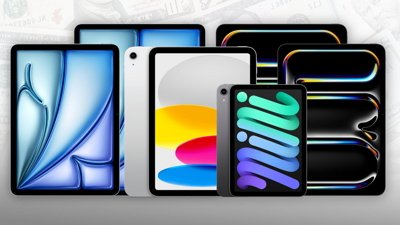
 Mike Wuerthele and Malcolm Owen
Mike Wuerthele and Malcolm Owen
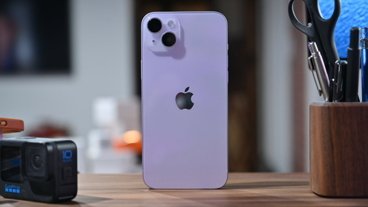
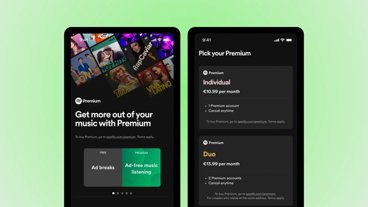







56 Comments
Push me... and then just touch me... until I get my satisfaction.
Push me... and then just touch me... until I get my satisfaction.
Classic. Just classic
So how do you get notifications if you are out of a coverage area and/or on an airplane?
So how do you get notifications if you are out of a coverage area and/or on an airplane?
Not sure how background processes could help you in either of those situations.
Every time I see that guy I can't help but remember Ace Ventura.

